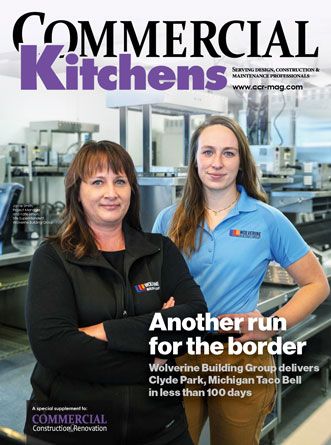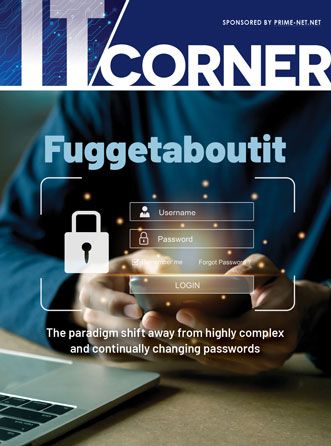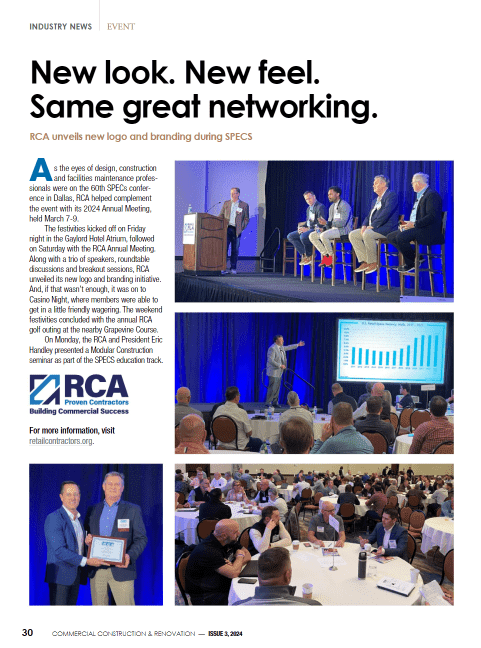 Passion and employee engagement go hand-in-hand. This makes it easy to see why nearly 73 percent of constructions employees identified as engaged, almost 7 percent more than the national average, according to Quantum Workplaces‘ “Engaging AEC Employees.” Construction employees are passionate about seeing projects to the end. And thanks to dedicated leaders and their teams’ visions and missions, construction employees top the engaged workforce.
Passion and employee engagement go hand-in-hand. This makes it easy to see why nearly 73 percent of constructions employees identified as engaged, almost 7 percent more than the national average, according to Quantum Workplaces‘ “Engaging AEC Employees.” Construction employees are passionate about seeing projects to the end. And thanks to dedicated leaders and their teams’ visions and missions, construction employees top the engaged workforce.
From profitability, revenues, client experience, employee turnover, talent acquisition, brand presence, market share, and more, the bonds leaders make between employees, their teams, and their work are crucial for success.
Unfortunately, this high rate of employee engagement is at risk. Major threats looming over the construction industry will damage employee engagement if leaders don’t address them now. Here are the three trends construction leaders need to watch out for over the next couple of years:
1. The overhaul of contract and building processes
Today’s contract and building processes aren’t simplistic or predictable. Mergers and acquisitions could occur at any time. From not knowing how projects will be structured to how work will be executed from job to job, uncertainty can rattle construction employees’ confidence in the stability of their roles.
According to a 2016 DesignIntelligence article, one obvious shift in engineering and construction contracting is the migration to lump-sum, turnkey contracts. Industry analysts not only expect this trend to continue, they’re estimating that it will accelerate.
This change, combined with the unbundling of projects and a shift to public-private partnerships, will undoubtedly begin the unraveling of trust between construction employees and their leaders.
Maintaining or rebuilding trust relies on leaders proving they can lead their team and the company into a successful future together. Take a moment to assess how you communicate the company’s future to employees now. What messages are you sending?
It’s important to know what type of future the majority of your employees want to see. Then ensure employees that the company is not only securing a successful future in the industry, but that they’re a crucial component of that reality. Then, make frequent organization-wide communication efforts that focus on progress, setbacks, industry trends, and even competitors’ movements.
From not knowing how projects will be structured to how work will be executed from job to job, uncertainty can rattle construction employees’ confidence in the stability of their roles.
2. Rapid shrinkage of skilled workers
The construction industry is growing, so the outlook has to be bright. Of course, it isn’t this simple. In fact, in an October report by the Associated General Contractors of America, the construction industry added 184,000 jobs over the year and hourly earnings rose 3 percent, but the sector struggles to fill key positions.
Difficulty finding and retaining skilled workers is largely due to the lack of employees feeling their strengths are being developed and put to use. In fact, according to the Quantum Workplace report, the number two driver of engagement for construction employees is that their job allows them to use their strengths.
Not knowing each individual and understanding what skills they’re passionate about makes this engagement driver impossible to reach. Get to know your team — learn their soft skills, special techniques, advanced ability using a specific tool, and technological capabilities. Being aware of every skill they have mastered and what they’re motivated to learn helps leaders improve employees’ capabilities.
Once these strengths are known, offer coaching and development opportunities to show them you’re invested in their skills and future at the company.
3. Changing workforce expectations
Millennials have been taking over the workforce for years, and they won’t be slowing down anytime soon. In fact, according to PwC ‘s “Millennials at Work: Reshaping the Workplace” study, Millennials will make up 50 percent of the workforce by 2020. As leaders gear up to battle the changing construction industry, they’ll also be challenged to keep up with employees’ evolving expectations.
This not only pertains to their changing expectations as current employees, but also as job seekers and new hires.
Millennials grew up immersed in the tech world – it’s what they know and expect. This means employee engagement relies on leaders preparing to attract, hire, onboard, and retain employees via the technology they’re accustomed to. Those who aren’t willing to do this will miss out on upcoming talent, and the skilled labor shortage will only grow.
A strong driver of employee engagement relates to understanding and evolving your processes as employees’ expectations change: senior leaders of the organization value AEC employees as their most important resource.
Treating each employee as an individual and communicating with them frequently is the only way leaders can keep up with expectations. What motivates and makes one person feel valued and connected may not work for another. And, let’s face it, people change. So, keeping in contact is crucial for supporting changing employee needs.
The construction industry is always going to face challenges that threaten workplace engagement. But if leaders and skilled laborers bring their passions together and rise up to overcome these obstacles, construction employee engagement will continue to lead the workforce onward and upward.
_____________________________________________________________
Dan Harris is the Workplace Insights Analyst at Quantum Workplace, a company dedicated to providing every organization with quality engagement tools that guide their next step in making work better every day. You can connect with him and the Quantum Workplace team on Facebook, LinkedIn and Twitter.










 The 2024 virtual Men’s Round Table will be held Q4, 2024, date TBD.
The 2024 virtual Men’s Round Table will be held Q4, 2024, date TBD.











